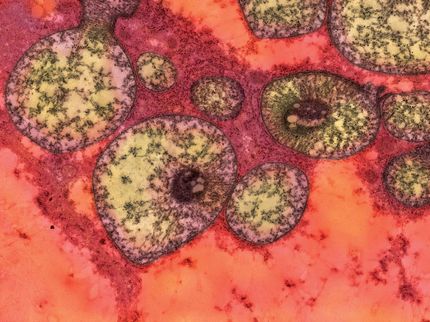Kuros completes patient recruitment in a phase IIb trial of KUR-113 in patients with tibial shaft fractures
Kuros Biosurgery AG announced that it has completed recruitment in a 200 patient Phase IIb clinical trial designed to assess the efficacy and safety of KUR-113 (Viz.I-040202) in open tibial shaft fractures.
This study is a randomized, controlled, open-label (dose-blinded) dose finding study of the safety and efficacy of KUR-113 in the treatment of patients with acute open tibial shaft fractures. The aim of the trial is to assess the safety and efficacy of KUR-113 in combination with standard of care (SOC) vs SOC alone. The use of KUR-113 is designed to improve bone healing by reducing the time needed to achieve bone healing as well as the incidence of secondary interventions.
KUR-113 utilizes Kuros’ “TG-hook” technology for binding proprietary biologics into a fibrin sealant. The product candidate is composed of a variant of parathyroid hormone (vPTH) and fibrin sealant and is applied directly to the fracture site in the form of a paste. KUR-113 has been designed to deliver vPTH locally at the fracture site and to maintain this via the slow controlled release of vPTH over time from the fibrin matrix. The fibrin matrix also plays a further important role in the bone healing process by providing a physical scaffold for cell ingrowth. The trial will assess whether this approach is safe and efficacious.
A total of 200 patients have been randomized and treated in over 31 centers across Europe. The primary endpoint of this study is the proportion of patients healed at 6 months after surgery when compared to SOC alone. Kuros is expecting to report the outcome of this study in the first half of 2011.
KUR-113 is licensed to Baxter International Inc. under a collaboration and license agreement which was signed in 2005. Following the successful completion of this study, Baxter will take over responsibility for the further development of KUR-113.
Most read news
Other news from the department research and development

Get the life science industry in your inbox
By submitting this form you agree that LUMITOS AG will send you the newsletter(s) selected above by email. Your data will not be passed on to third parties. Your data will be stored and processed in accordance with our data protection regulations. LUMITOS may contact you by email for the purpose of advertising or market and opinion surveys. You can revoke your consent at any time without giving reasons to LUMITOS AG, Ernst-Augustin-Str. 2, 12489 Berlin, Germany or by e-mail at revoke@lumitos.com with effect for the future. In addition, each email contains a link to unsubscribe from the corresponding newsletter.
Most read news
More news from our other portals
Last viewed contents
Research 'A' team to fast track Bionic Eye, Australian consortium announced
Category:Radiologists
First diagnostic test for zika virus accepted by WHO
Leon_Kamin
LDC to Collaborate with Johnson & Johnson Innovation on Acceleration of Academic Drug Discovery Initiatives
Moth larvae spit boosts yield of Colombian spud
SciQuest Announces the Release of Enterprise Reagent Manager Version 4.4 - Enhanced reporting and purchasing gateway functionality designed to increase researcher productivity while optimizing environmental health and safety compliance
ARTES Biotechnology, instrAction and Q-Biologicals Join Forces for Veterinary Vaccine Development
ThromboGenics and BioInvent Announce Positive Topline Results from Phase II VTE Prophylaxis Study with Anti-Factor VIII (TB-402)
Study shows that mutations in 1 gene cause many cancers
Chondromalacia_patellae





















































